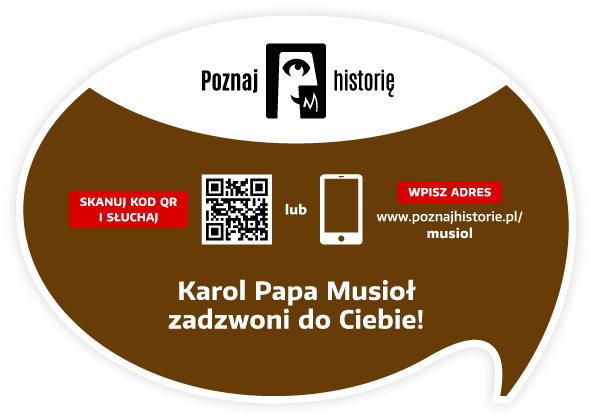Jednym z największych kataklizmów był jeden z najgroźniejszych po II wojnie światowej w Europie pożarów lasu. Kilkadziesiąt lat temu spustoszył on okolice leżącej nieopodal Kuźni Raciborskiej. Drugim kataklizmem, z którym zmagali się dzielni strażacy była Powódź Tysiąclecia, która w 1997 roku nawiedziła Polskę, nie oszczędzając też Kędzierzyna-Koźla.
Pożar zaprószyła iskra. Prawdopodobnie wyskoczyła spod kół hamującego pociągu. To było 26 sierpnia 1992 roku. Ogień zauważono około godziny 13.50 w lesie przy linii kolejowej z Raciborza do Kędzierzyna-Koźla, w pobliżu miejscowości Solarnia. To były gorące, suche dni końca lata… Temperatura przekraczała 30 stopni. Ogień niósł się bardzo szybko i objął olbrzymie połacie lasu. Walka z nim trwała cztery dni. Wzięło w niej udział około 10 tysięcy osób. W akcji wykorzystano 1100 wozów strażackich, ale też czołgi, pługi, spychacze i pociągi przeciwpożarowe z cysternami z wodą. No i 26 samolotów gaśniczych typu Dromader. Zrzucały one bomby wodne na największe skupiska ognia. Zginęło wtedy dwóch strażaków, którym nie udało się uciec ze strefy ognia, i jeden z kierowców pojazdów pomocniczych, który zderzył się z innym pojazdem. Spłonęło ponad 9 tysięcy hektarów lasu. Pożar ugaszono 30 sierpnia, ale dopiero 12 września udało się dogasić ostatnie zarodki ognia.
Powódź natomiast spowodowały obfite opady deszczu w Południowych Sudetach w pierwszych dniach lipca 1997 roku. To przez nie poziomu Odry i Nysy Kłodzkiej wzrósł do niespotykanego w ostatnich wiekach rozmiaru. Już 7 lipca rzeki wylały w powiatach wodzisławskim, raciborskim i kłodzkim. Pierwszym zalanym polskim miastem były Głuchołazy. Woda zalała tam ulice 6 lipca. Dwa dni później Odra wdarła się do sporej części Raciborza, a 9 lipca jej wezbrane wody zalały niemal całe Koźle… Jedynym suchym miejscem był fragment Rynku. Potem przyszła kolej na Krapkowice, Opole i Dobrzeń Wielki i dalej – Brzeg, Popielów. 12 lipca spiętrzone wody Odry i Nysy Kłodzkiej dotarły do Wrocławia, zatapiając blisko połowę miasta. Powódź dotknęła nie tylko południowozachodnią Polskę, ale też Czechy, Łużyce i północnozachodnią Słowację. Zginęło wtedy 114 osób, a straty wyliczono łącznie na 4,5 miliarda dolarów.










Visit Social media:
Share Social media: